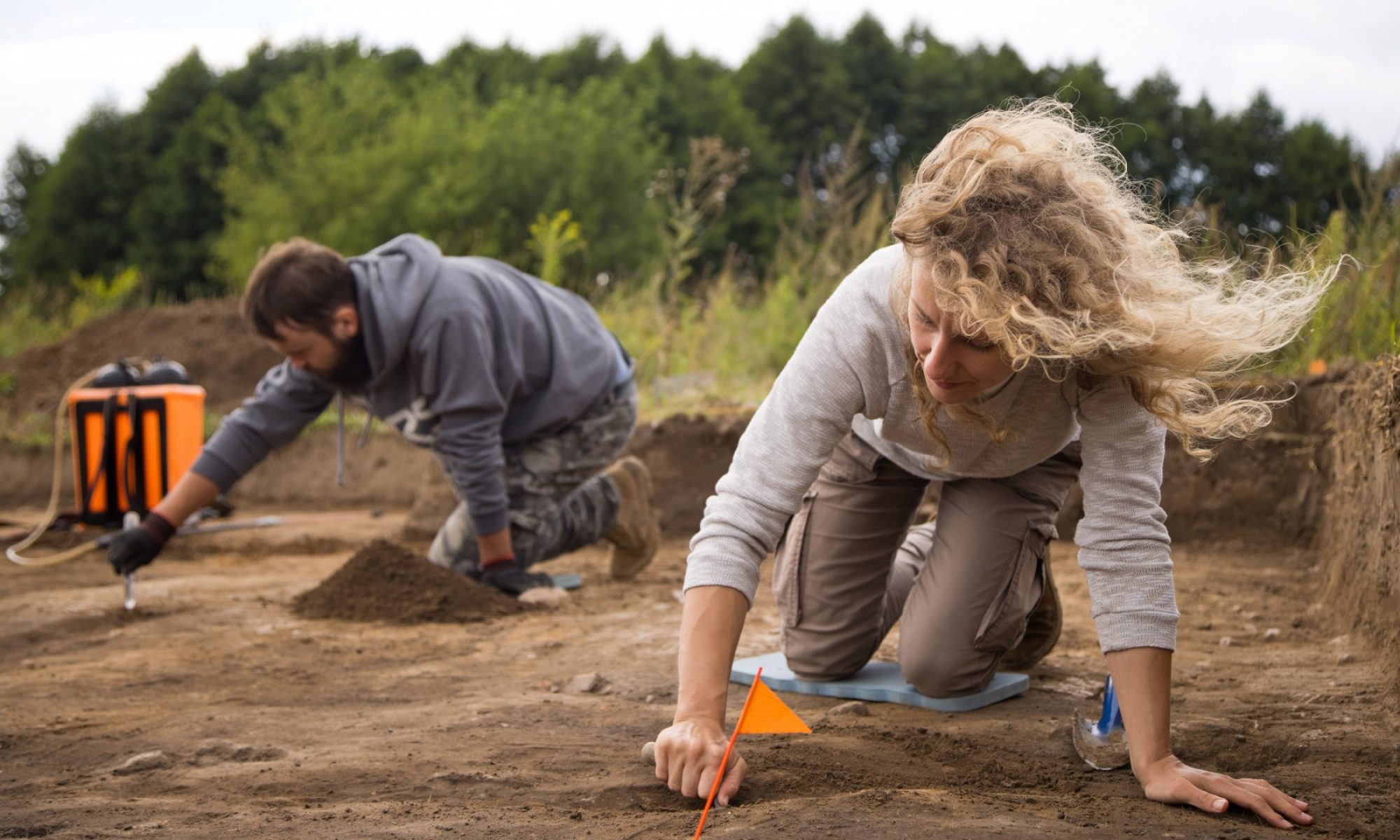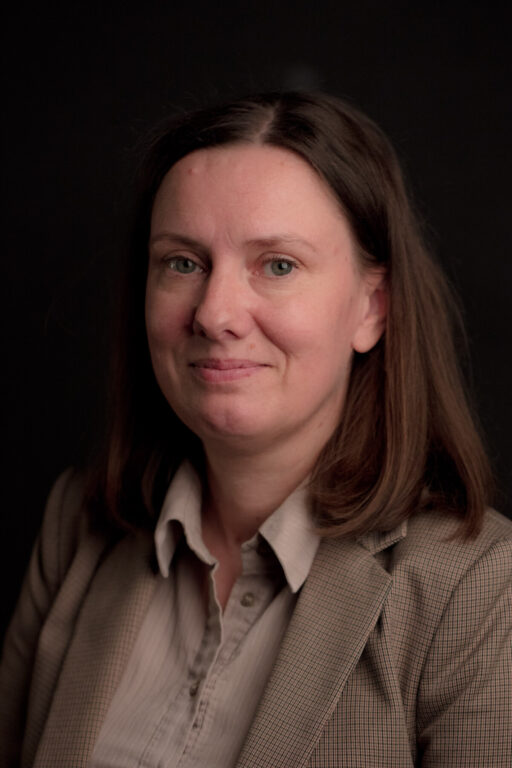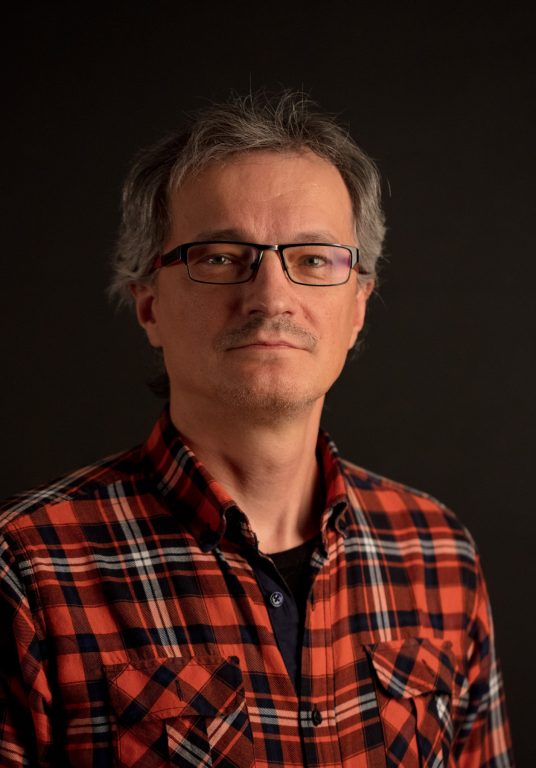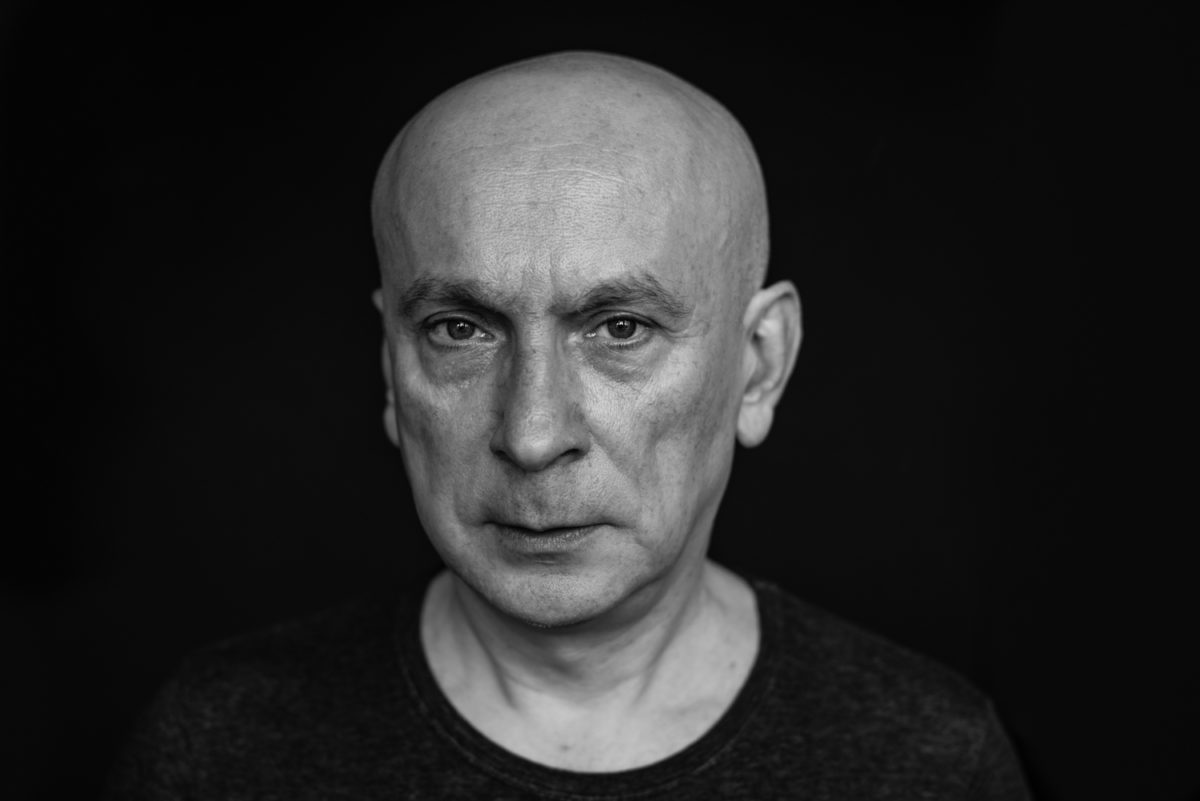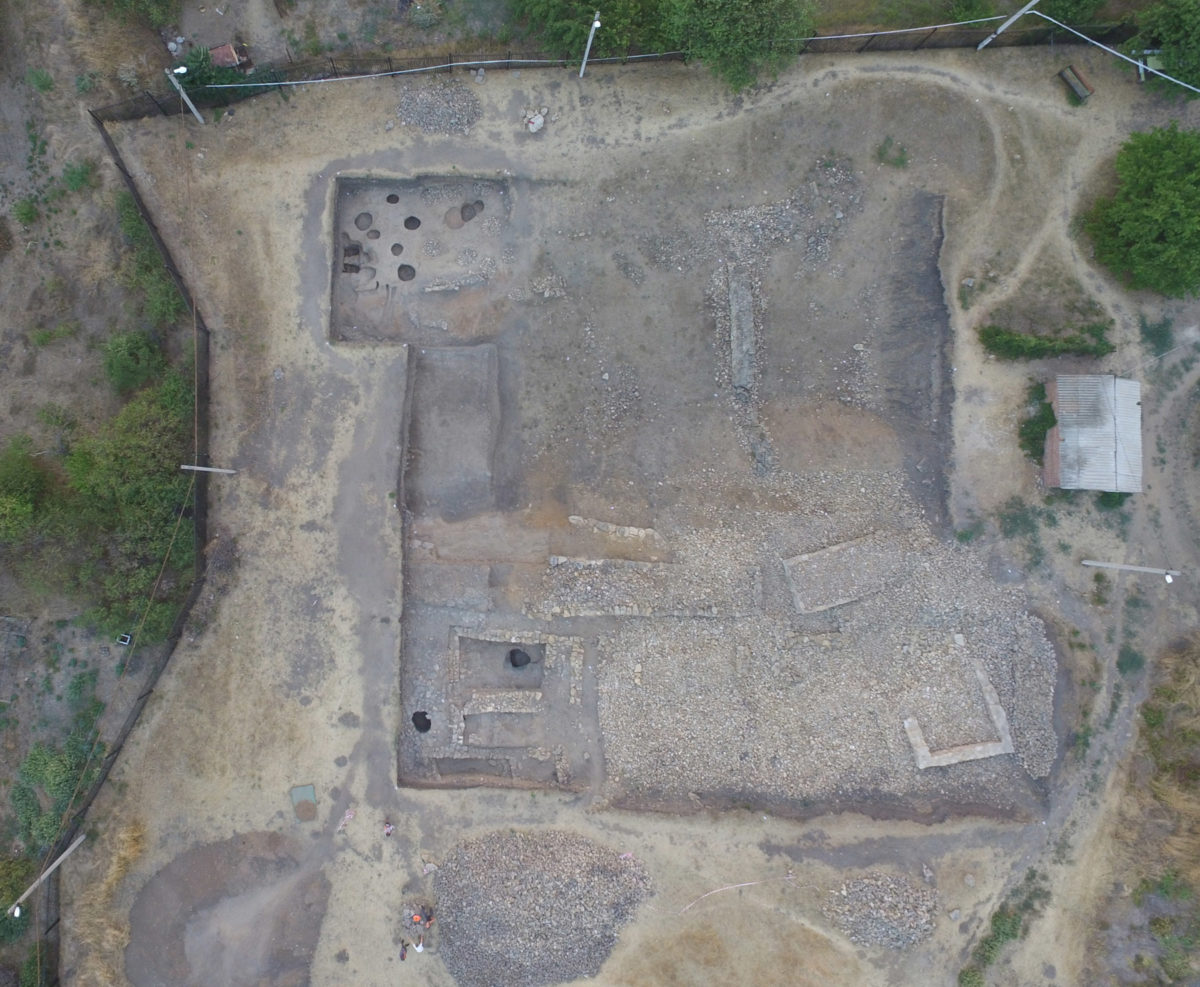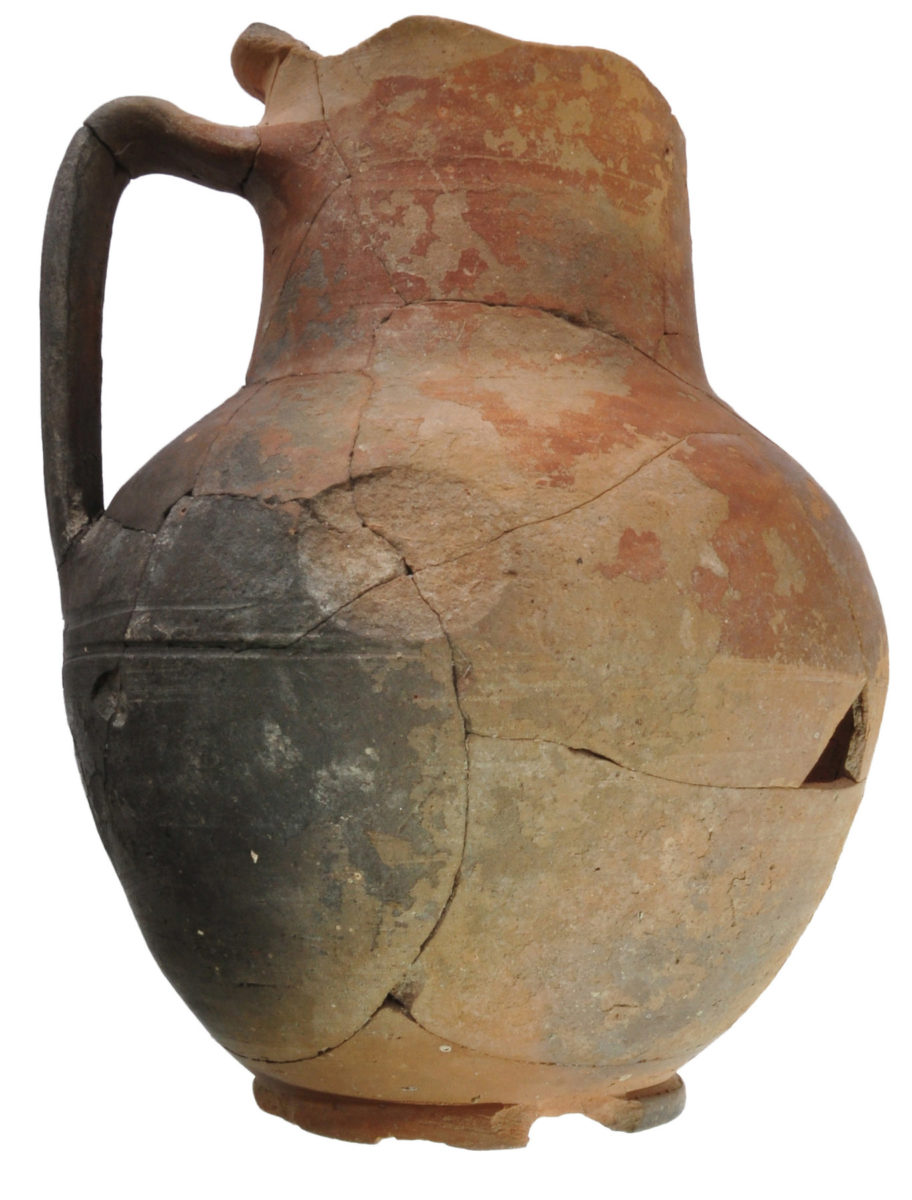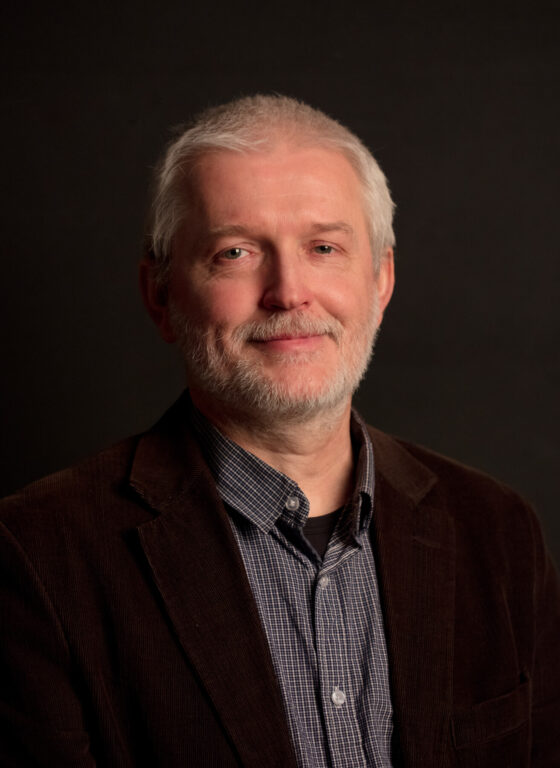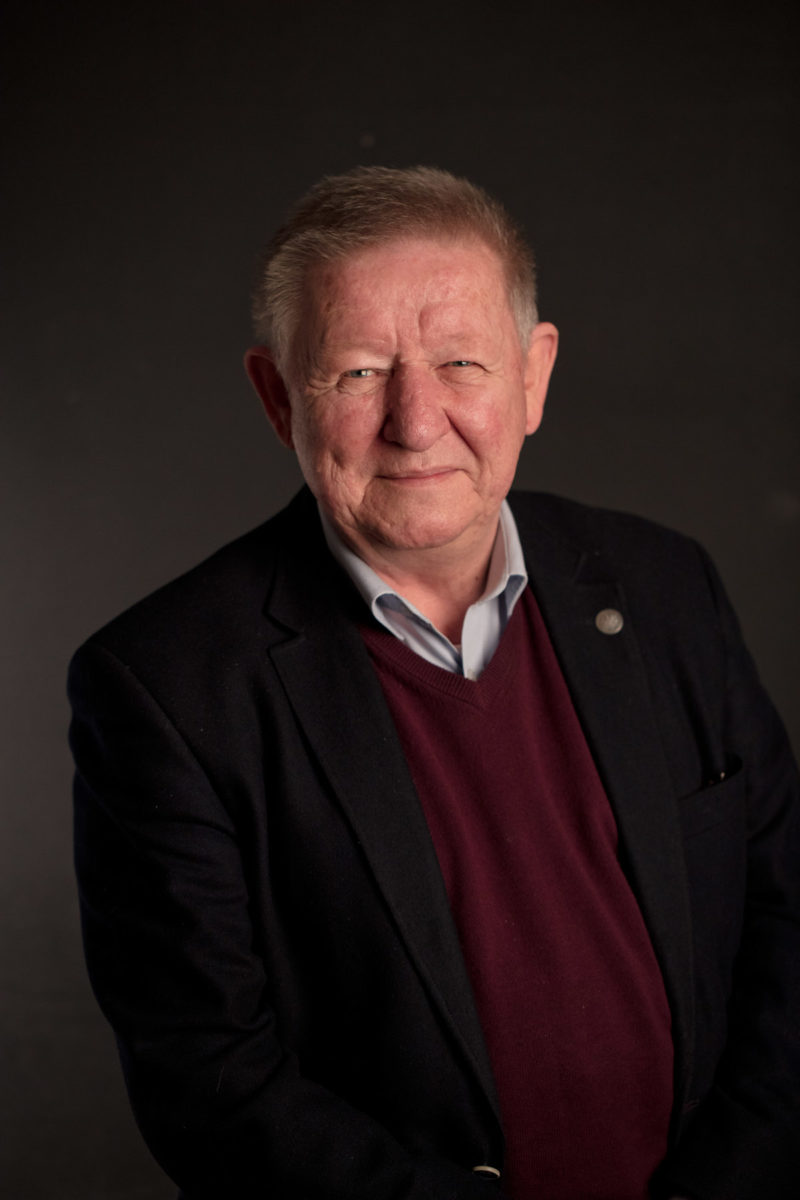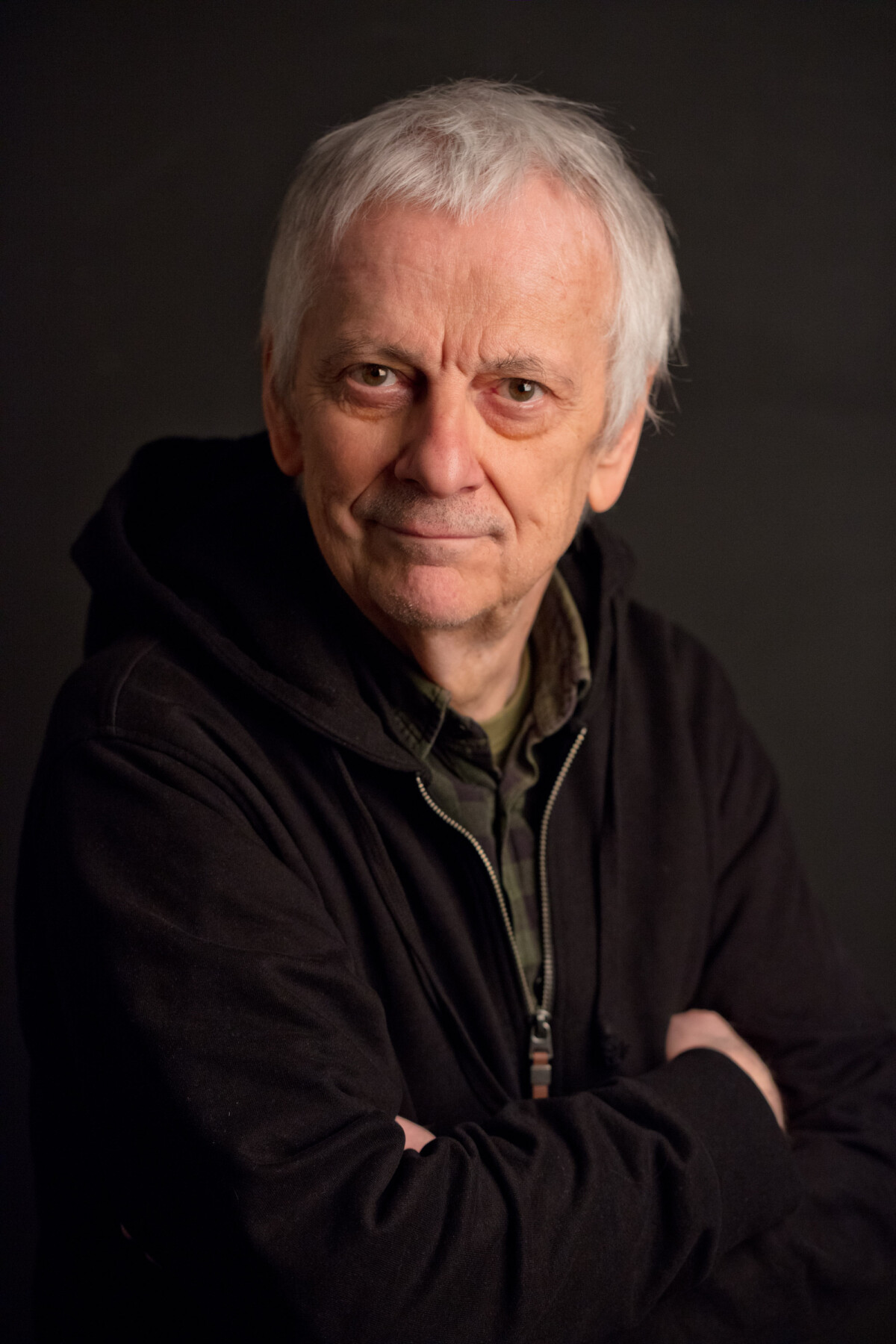
dr hab. Witold Gumiński
Katedra Archeologii Epoki Kamienia
e-mail:
w.guminski@uw.edu.pl
duty hours:
Tuesday 2.15 p.m.–3 p.m., room 3.24
Wednesday 2.15 p.m.–3 p.m., room 3.24
research interests:
– Mesolithic and Para-Neolithic – paleoenvironment
– economy
– hunting and fishing (archaeozoology)
– burial practices
– bone
– wooden
– stone
– amber and other fossils artefacts
– pottery
bibliography:
1980 Kto wprowadził ciałopalenie w Europie Środkowej?, “Z Otchłani Wieków” 46/1: 11-17.
1989 Gródek Nadbużny. Osada kultury pucharów lejkowatych, Wrocław (Ossolineum).
W. Gumiński, J. Fiedorczuk
1989 Badania w Dudce, woj. suwalskie, a niektóre problemy epoki kamienia w Polsce północnowschodniej, “Archeologia Polski” 33/1 – 1988: 113-150.W.
1990 Dudka 1. A Stone Age peat-bog site in North-eastern Poland, “Acta Archaeologica” 60 – 1989: 51-70.
W. Gumiński
1995 Environment, economy and habitation during the Mesolithic at Dudka, Great Masurian Lakeland, NE-Poland, “Przegląd Archeologiczny” 43: 5-46.
1997 Corded Ware at the Dudka peat-bog site, NE Poland. A case of migration or local development, (in:) P. Siemen (ed.), Early Corded Ware Culture. The A-Horizon – fiction or fact?, Arkæologiske Rapporter 2, Esbjerg (Esbjerg Museum): 93-103.
1997 Finds of the Funnel Beaker, Globular Amphora & Corded Ware Cultures in Dudka, the Great Masurian Lakeland, (in:) D. Król (ed.), The Built Environment of the Coast Areas during the Stone Age, Gdańsk (Muzeum Archeologiczne w Gdańsku): 177-185.
1998 The peat-bog site Dudka, Masurian Lakeland: An example of conservative economy, (in:) M. Zvelebil, R. Dennell, L. Domańska (eds.), Harvesting the Sea, Farming the Forest. The Emergence of Neolithic Societies in the Baltic Region, Sheffield (Sheffield Academic Press): 103-109.
1999 Środowisko przyrodnicze a tryb gospodarki i osadnictwa w mezolicie i paraneolicie na stanowisku Dudka w Krainie Wielkich Jezior Mazurskich, “Archeologia Polski” 44: 31-74.
1999 Kultura Zedmar a kultura Narva. Razem czy osobno, “Światowit” 1 (42)/B: 59-69, pl. 21-34.
2001 Kultura Zedmar. Na rubieży neolitu “zachodniego”, (in:) J. Czebreszuk, M. Kryvalcevič, P. Makarowicz (eds.), Od neolityzacji do początków epoki brązu. Przemiany kulturowe w międzyrzeczu Odry i Dniepru między VI i II tys. Przed Chr., Poznań (Instytut Prahistorii UAM): 133-152.
2001 Megalit bez pochówku. Szczepanki st. VI w Krainie Wielkich Jezior Mazurskich, “Światowit” 3 (44)/B: 17-26, pl.: 1-10.
2003 Big game and sparse forest – Relations between mammal species and the surrounding environment at the prehistoric fishing campsite of Dudka in Masuria, NE-Poland, Archeozoologia 21, Katowice – Poznań (Muzeum Śląskie – IAE PAN): 59-72.
2003 Scattered human bones on prehistoric camp site Dudka, NE-Poland, as indication of peculiar burial rite, (in:) E. Derwich (ed.), Actes du Symposium International, Préhistoire des Pratiques Mortuaires. Paléolithique – Mésolithique – Néolithique, 12-16 septembre 1999 Leuven, La Katholieke Universiteit Leuven et L’Université de Liège, ERAUL 102, Liège: 111-120.
W. Gumiński, M. Michniewicz
2003 Forest and Mobility. A case from the fishing camp site Dudka, Masuria, north-eastern Poland, (in:) L. Larsson, H. Kindgren, K. Knutsson, D. Loeffler, A. Åkerlund (eds.), Mesolithic on the Move, Oxford (Oxbow Books): 119-127.
T. Tomek, W. Gumiński
2003 Bird remains from the Mesolithic and Neolithic site Dudka, Masuria, NE Poland, “Acta Zoologica Cracoviensia” 46/1: 9-18.
W. Gumiński
2004 Szczepanki 8. Nowe stanowisko torfowe kultury Zedmar na Mazurach, “Światowit” 5 (46) –2003/B: 53-104, pl.: 15-38.
2005 Bird for dinner. Stone Age hunters of Dudka and Szczepanki, Masurian Lakeland, NE-Poland, “Acta Archaeologica” 76/2: 111-148.
2005 Island, pigs, and hunting places – Comment on preceding paper by Achilles Gautier concerning animal bones of the forager site Dudka, “Przegląd Archeologiczny” 53: 27-51.
2008 Wahania poziomu wody byłego Jeziora Staświńskiego (środkowe Mazury) na podstawie stratygrafii i danych osadniczych, (in:) A. Wacnik, E. Madeyska (eds.), Polska północno-wschodnia w holocenie. Człowiek i jego środowisko, Botanical Guidebooks 30, Kraków (Institute of Botany, Polish Academy of Sciences): 25-45.
W. Gumiński, B. Wagner, D. Walaszek, E. Bulska
2008 Zastosowanie spektrometrii mas w analizie szczątków kostnych ze stanowiska archeologicznego Dudka na Mazurach, “Analityka” 2008/2: 29-35.
J. Madeja, A. Wacnik, A. Zyga, E. Stankiewicz, E. Wypasek, W. Gumiński, K. Harmata
2009 Bacterial ancient DNA as an indicator of human presence in the past: its correlation with palynological and archaeological data, “Journal of Quaternary Science” 24/4: 317-321.
W. Gumiński, K. Bugajska
2010 The children from Szczepanki – why they were separated from the Dudka cemetery, Masuria, NE-Poland, (in:) P.Arias, M. Ceuto (eds.) The Eight International Conference on the Mesolithic in Europe. Santander 13th – 17th September, 2010, Final Programme and Abstracts, Santander (Instituto Internacional de Investigaciones Prehistóricas de Cantabria): 107.
W. Gumiński, T. Kowalski
2011 Aby na górce. Dwa późnoneolityczne groby z Dudki w Krainie Wielkich Jezior Mazurskich, (in:) H. Kowalewska-Marszałek, P. Włodarczak (eds.), Kurhany i obrządek pogrzebowy w IV-II tysiącleciu p.n.e., Kraków, Warszawa (IAE PAN, IA UW): 467-497.
W. Gumiński
2011 Szczepanki, st. 8, woj. warmińsko-mazurskie. Badania w latach 2009–2010. Stanowisko torfowe łowców-zbieraczy z epoki kamienia, “Światowit” 8 (49)/B (2009–2010): 257–261, pl. 141–143.
2011 Importy i naśladownictwa ceramiki kultury brzesko-kujawskiej i kultury pucharów lejkowatych na paraneolitycznym stanowisku kultury Zedmar – Szczepanki na Mazurach, (in:) U. Stankiewicz, A. Wawrusiewicz (eds.), Na rubieży kultur. Badania nad okresem neolitu i wczesną epoką brązu, Białystok (Muzeum Podlaskie w Białymstoku): 149–160.
2012 Nowe wyjątkowe siedlisko osadnicze paraneolitycznej kultury Zedmar na wschodnim cyplu wyspy Szczepanki (sektor „A”) na Mazurach, „Światowit” IX (L)/B (2011): 87-144.
R. Howcroft, K. Bugajska, W. Gumiński, H. Kowalewska-Marszałek, A. Szczepanek, P. Włodarczak, G. Eriksson
2013 Breastfeeding and weaning practices during the Neolithic and Early Bronze Age in Poland, (in:) R. Howcroft, Weaned Upon a Time. Studies of the Infant Diet in Prehistory, Thesis and Papers in Scientific Archaeology 14, Stockholm (Stockholm University): 1-27.
W. Gumiński
2014 Wyposażenie symboliczne w grobach łowców-zbieraczy epoki kamienia na cmentarzysku Dudka na Mazurach, “Archeologii Polski” LIX: 121-186.
W. Gumiński, K. Bugajska
2016 Exception as a rule. Unusual Mesolithic cemetery and other graves at Dudka and Szczepanki, Masuria, NE-Poland, (in.) J.M. Grünberg, B. Gramsch, L. Larsson, J. Orschied, H. Meller (eds.) Mesolithic burials – Rites, symbols and social organisation of early postglacial communities, Tagungen des Landesmuseums für Vorgeschichte Halle, Band 13/II, Halle (Saale) 2016: 465-510.
K. Bugajska, W. Gumiński
2016 How many steps to heaven? Loose human bones and secondary burials at Dudka and Szczepanki, the Stone Age foragers’ sites in Masuria, NE-Poland, (in.) J.M. Grünberg, B. Gramsch, L. Larsson, J. Orschied, H. Meller (eds.) Mesolithic burials – Rites, symbols and social organisation of early postglacial communities, Tagungen des Landesmuseums für Vorgeschichte Halle, Band 13/II, Halle (Saale) 2016: 511-544.
